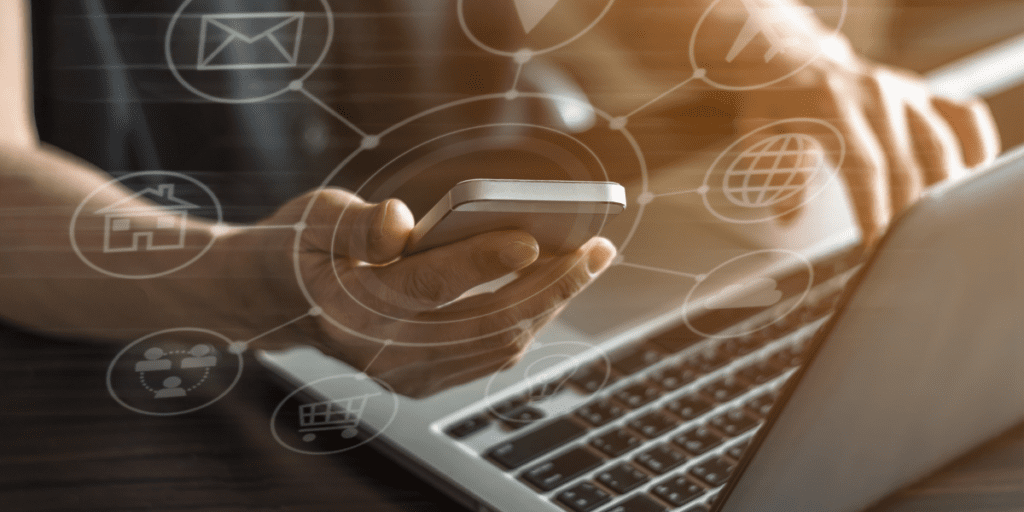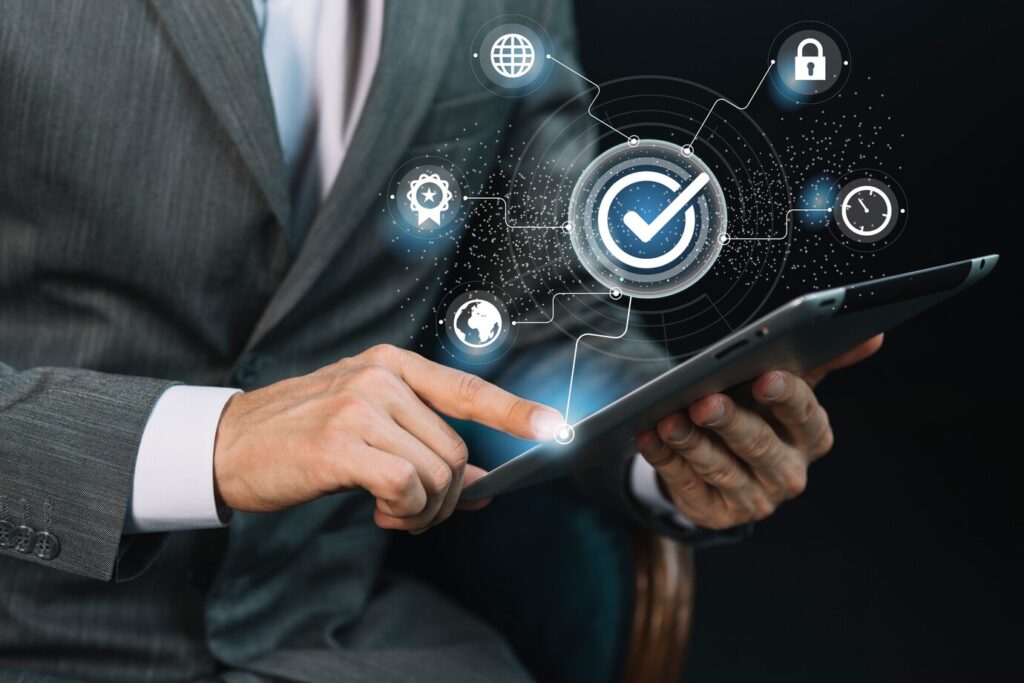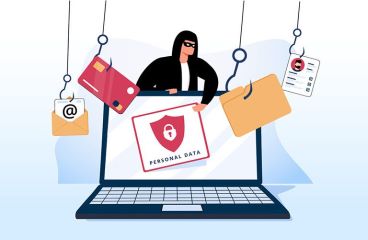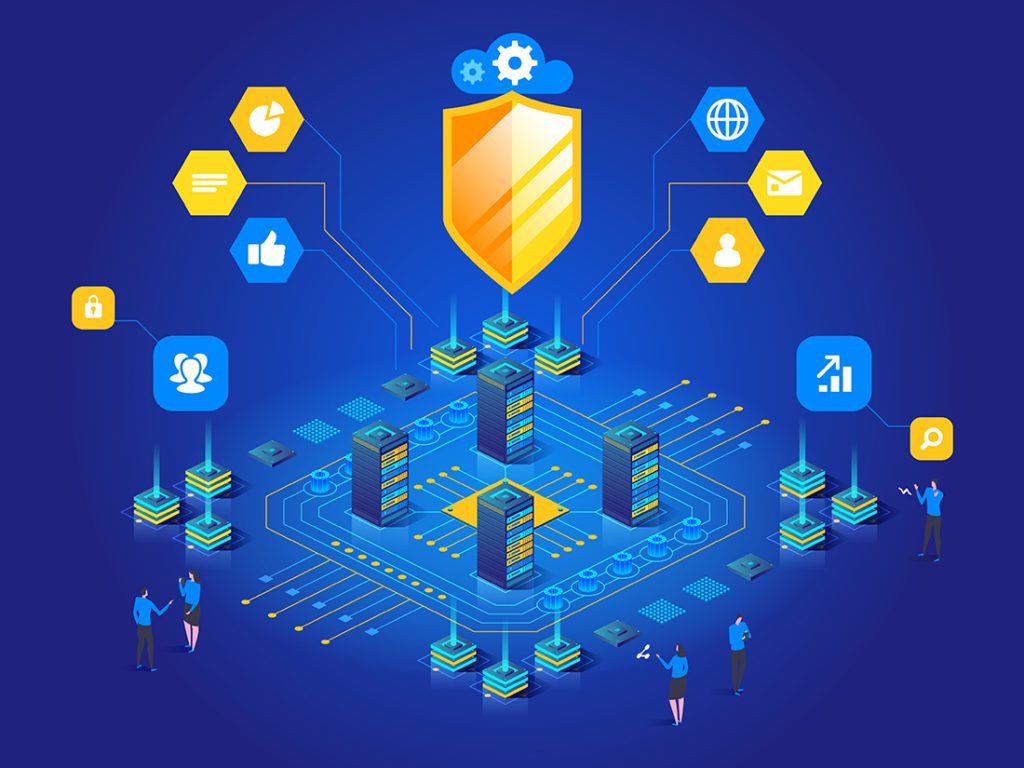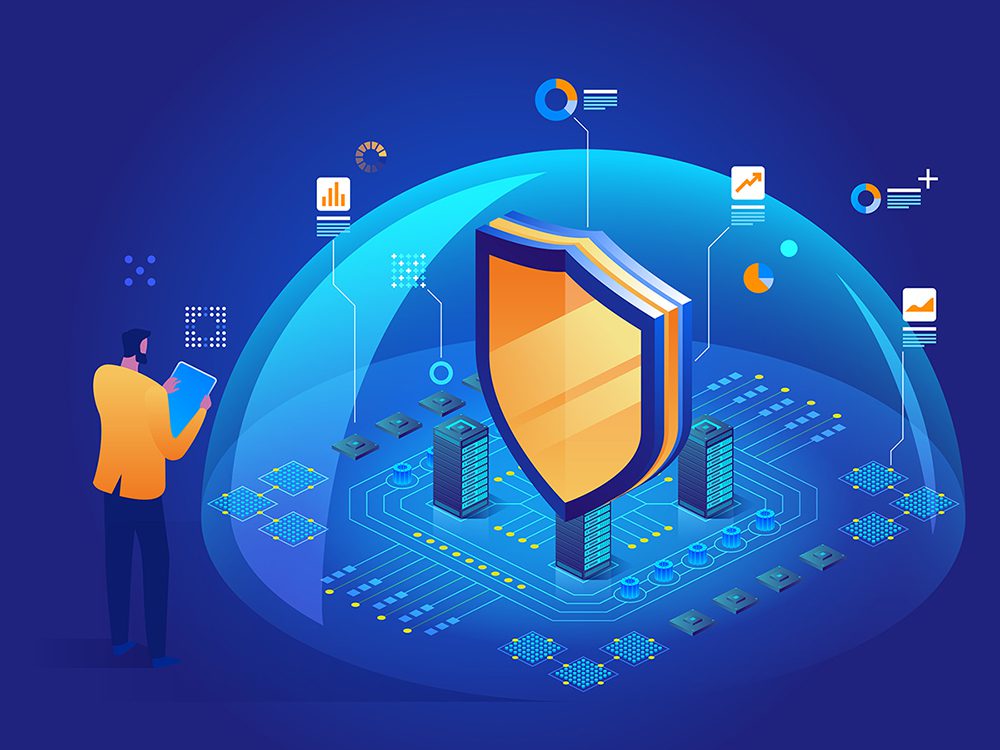
Why is cybersecurity a cornerstone in modern manufacturing sectors? With a reported 300% surge in cyberattacks targeting this sector in 2021, according to IBM, manufacturers are recognizing the urgent need to strengthen their cyber defenses. This is not just about protecting data and systems; it’s about ensuring compliance with evolving regulations and preserving the hard-earned reputation of the business.
-
Intellectual Property Protection
The manufacturing sector thrives on innovation, making intellectual property its most valuable asset. When cybercriminals breach these defenses, the fallout extends beyond immediate financial loss. It can compromise long-term competitive standing in the market and lead to the erosion of unique business advantages. Prioritizing cybersecurity safeguards the core of manufacturing innovation.
-
Operational Continuity
The impact of cyber threats like ransomware on manufacturing operations can be devastating. These attacks can grind production to a halt, resulting in significant financial losses and severe operational disruptions. By investing in strong cybersecurity measures, manufacturers ensure the uninterrupted flow of their operations, maintain productivity and safeguard against costly downtimes.
-
Supply Chain Integrity
Manufacturers are part of extensive, interconnected supply chains where a cyberattack on one node can trigger a domino effect. Ensuring robust cybersecurity across the supply chain is vital to preventing such cascading disruptions. It’s about maintaining a secure and reliable flow of goods and services, which is essential for the stability of the global market.
-
Compliance and Reputation
In an industry increasingly scrutinized by regulators, compliance with cybersecurity regulations is critical. A breach not only risks hefty fines but also damages the manufacturer’s reputation. Customers and partners lose trust, which can be far more damaging than the immediate financial penalties. A strong cybersecurity posture helps manufacturers maintain compliance and protect their reputations.
-
Customer Data Security
Manufacturers often handle vast amounts of sensitive customer data. Protecting this data is a significant responsibility. A breach can lead to serious legal repercussions and loss of customer trust. Cybersecurity measures in this context are not just about compliance; they are about respecting and safeguarding customer relationships.
The importance of cybersecurity in the manufacturing sector cannot be overstated. It is an essential aspect that supports every facet of the industry, from protecting valuable intellectual assets to ensuring operational efficiency and upholding customer trust. As the landscape of cyber threats continues to evolve, embracing a proactive approach to cybersecurity is crucial. Right Hand Technology Group stands ready to assist manufacturers in strengthening their defenses against these threats, ensuring their operations, reputation, and customer relationships remain secure and resilient in today’s challenging environment.

